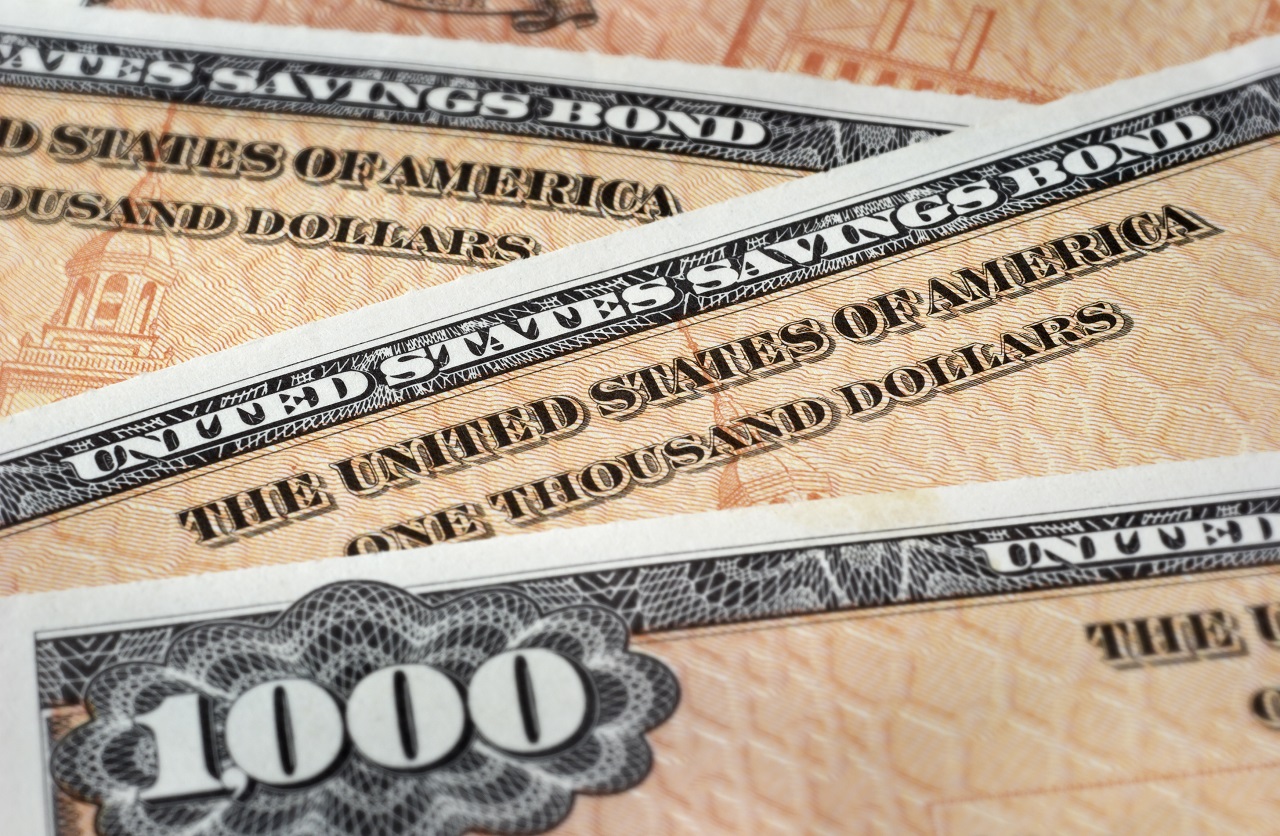Savings Bonds for the Holidays?
Rising interest rates won’t affect savings bonds, which makes them a money-smart gift for a young child. Here’s our top pick.


Interest rates are rising, but savings bonds are missing the party. In October, a newly issued series EE bond offered a limp 0.1%, the same rate new bonds have carried since November 2015. The composite rate on a new I bond was 2.52%.
If you want to buy a savings bond as a gift for a young child, the EE bond may actually be a better choice. If accumulated interest doesn’t double the value of an EE bond you buy today after 20 years, the Treasury will adjust the bond’s value to twice the purchase price at the 20-year mark, for a guaranteed return of about 3.5%.
How they work. EE bonds carry a fixed rate, which the Treasury Department resets for new bonds every May 1 and November 1 (after our press date for this issue). Ken Tumin, of DepositAccounts.com, predicted that the EE bond rate would remain flat at 0.1% with the November 1 adjustment. Federal income tax on interest from EE and I bonds can be deferred until you redeem the bond or it matures. (Interest is not subject to state or local tax.) An I bond’s composite rate includes a fixed rate and an inflation rate that adjusts semiannually. Tumin predicted a composite rate of 2.72% on new I bonds starting November 1.
From just $107.88 $24.99 for Kiplinger Personal Finance
Become a smarter, better informed investor. Subscribe from just $107.88 $24.99, plus get up to 4 Special Issues

Sign up for Kiplinger’s Free Newsletters
Profit and prosper with the best of expert advice on investing, taxes, retirement, personal finance and more - straight to your e-mail.
Profit and prosper with the best of expert advice - straight to your e-mail.
If you want your gift to go toward college costs, savings bonds aren’t the best choice. All or a portion of the interest earned with EE and I bonds may be tax-free if used for qualified education expenses, such as tuition and fees. But among other limitations, including income caps, the bondholder must have been at least 24 years old on the first day of the month in which the bond was purchased to qualify for the tax break when redeeming it—so a child who receives a bond in his or her own name won’t benefit.
Instead, consider contributing to a child’s 529 college-savings plan, which “is likely to have a better outcome over a 20-year period than buying a savings bond today,” says Jill Fopiano, CEO of Boston wealth-management firm O’Brien Wealth Partners.
Profit and prosper with the best of Kiplinger's advice on investing, taxes, retirement, personal finance and much more. Delivered daily. Enter your email in the box and click Sign Me Up.

Lisa has been the editor of Kiplinger Personal Finance since June 2023. Previously, she spent more than a decade reporting and writing for the magazine on a variety of topics, including credit, banking and retirement. She has shared her expertise as a guest on the Today Show, CNN, Fox, NPR, Cheddar and many other media outlets around the nation. Lisa graduated from Ball State University and received the school’s “Graduate of the Last Decade” award in 2014. A military spouse, she has moved around the U.S. and currently lives in the Philadelphia area with her husband and two sons.
-
 Dow Dives 870 Points on Overseas Affairs: Stock Market Today
Dow Dives 870 Points on Overseas Affairs: Stock Market TodayFiscal policy in the Far East and foreign policy in the near west send markets all over the world into a selling frenzy.
-
 Quiz: Understanding Roth Conversions
Quiz: Understanding Roth ConversionsQuiz Discover if a Roth conversion is the right move for you by taking our quick quiz.
-
 How Prices Have Changed in Trump's First Year
How Prices Have Changed in Trump's First YearTrump campaigned on bringing prices down for Americans. Here's where prices stand one year into his second term.
-
 9 Types of Insurance You Probably Don't Need
9 Types of Insurance You Probably Don't NeedFinancial Planning If you're paying for these types of insurance, you may be wasting your money. Here's what you need to know.
-
 Amazon Resale: Where Amazon Prime Returns Become Your Online Bargains
Amazon Resale: Where Amazon Prime Returns Become Your Online BargainsFeature Amazon Resale products may have some imperfections, but that often leads to wildly discounted prices.
-
 Roth IRA Contribution Limits for 2026
Roth IRA Contribution Limits for 2026Roth IRAs Roth IRAs allow you to save for retirement with after-tax dollars while you're working, and then withdraw those contributions and earnings tax-free when you retire. Here's a look at 2026 limits and income-based phaseouts.
-
 Four Tips for Renting Out Your Home on Airbnb
Four Tips for Renting Out Your Home on Airbnbreal estate Here's what you should know before listing your home on Airbnb.
-
 Five Ways to a Cheap Last-Minute Vacation
Five Ways to a Cheap Last-Minute VacationTravel It is possible to pull off a cheap last-minute vacation. Here are some tips to make it happen.
-
 How Much Life Insurance Do You Need?
How Much Life Insurance Do You Need?insurance When assessing how much life insurance you need, take a systematic approach instead of relying on rules of thumb.
-
 When Does Amazon Prime Day End in October? Everything We Know, Plus the Best Deals on Samsonite, Samsung and More
When Does Amazon Prime Day End in October? Everything We Know, Plus the Best Deals on Samsonite, Samsung and MoreAmazon Prime The Amazon Prime Big Deal Days sale ends soon. Here are the key details you need to know, plus some of our favorite deals members can shop before it's over.
-
 How to Shop for Life Insurance in 3 Easy Steps
How to Shop for Life Insurance in 3 Easy Stepsinsurance Shopping for life insurance? You may be able to estimate how much you need online, but that's just the start of your search.